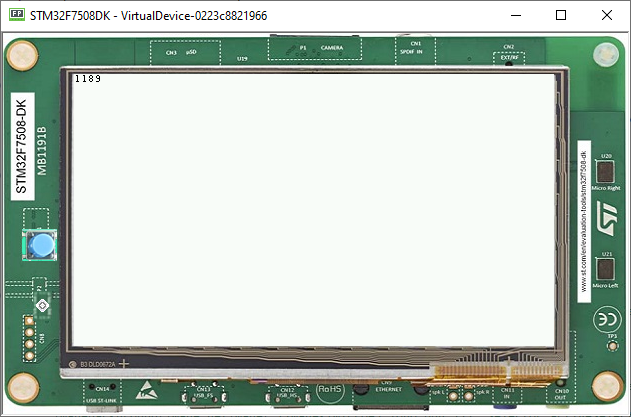Animation
Animations can be used to make the GUI more appealing and more lively.
MWT provides a framework to create fluid animations. The principle is as follow:
make a step of all the running animations (with a probable new rendering of some widgets),
wait for the display to be flushed,
do it again.
The goals are:
doing animations as fast as possible (considering the complexity of the drawings and the hardware capabilities),
synchronizing all the running animations and avoiding glitches.
Usage
An animation can be created by implementing the Animation interface and its tick() method.
The tick() method is called for each step of the animation.
Every time the method is called, the widget should be re-rendered.
The animation can be stopped by returning
false.Animation labelAnimation = new Animation() { int tick = 0; @Override public boolean tick(long currentTimeMillis) { label.setText(Integer.toString(tick++)); label.requestRender(); return true; } }; Animator animator = new Animator(); animator.startAnimation(labelAnimation);
The code above updates the label text everytime it is called:

The final code looks like this:
public static void main(String[] args) { MicroUI.start(); Desktop desktop = new Desktop(); final Label label = new Label("hello"); Flow flow = new Flow(LayoutOrientation.VERTICAL); flow.addChild(label); Animation labelAnimation = new Animation() { int tick = 0; @Override public boolean tick(long currentTimeMillis) { label.setText(Integer.toString(this.tick++)); label.requestRender(); return true; } }; Animator animator = new Animator(); animator.startAnimation(labelAnimation); desktop.setWidget(flow); desktop.requestShow(); }
Next step: Creating Widgets
